In present time Home/Office and many other place security is most important. In our absence these places are not secure. For make these palaces secure many peoples keep guards and many people prefer electronic security systems. In present time many types of security systems are available in market. These security systems are very accurate and easy to control and cheaply available and the most important thing is that they can be operated on low Voltage (Up to 12 Voltage).
Here we have tried making a simple arduino based security system using a GSM module and a PIR sensor. It gives a call to a pre specified phone number when any kind of intrusion is found. In the below pictures you could see the implementation of this security system.It is assumed that the reader has gone through the project how to get started with the arduino and done all the things discussed in it.
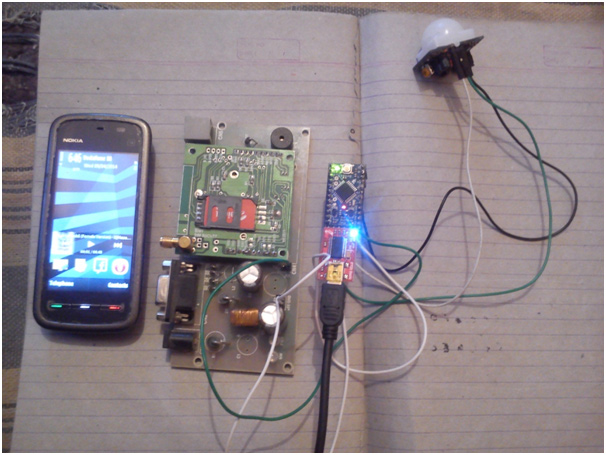
Fig. 1: Prototype of Arduino and PIR Sensor based Home Security System
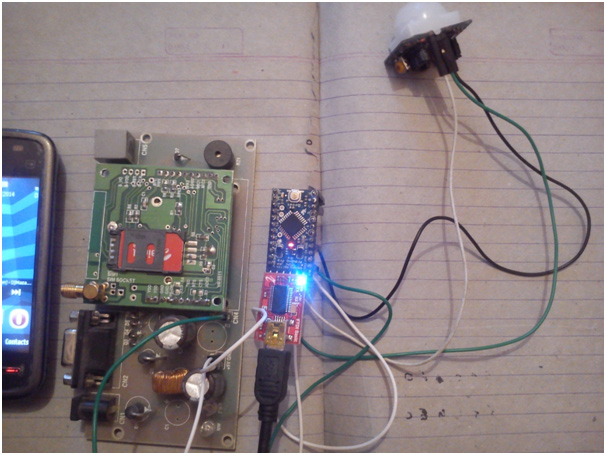
Fig. 2: Image showing Arduino based Home Security System in action
In most of security systems GSM is widely used. Here in this project GSM is used for making a voice call for alert. The main aim of this project is secure your house/office from thief.
In this circuit GSM and PIR sensor sensor are used. When any human (thief) comes in the range of PIR sensor, Arduino make a call to a fixed number. It means anybody in your house/office, then you can take a possible action against thief at same time.
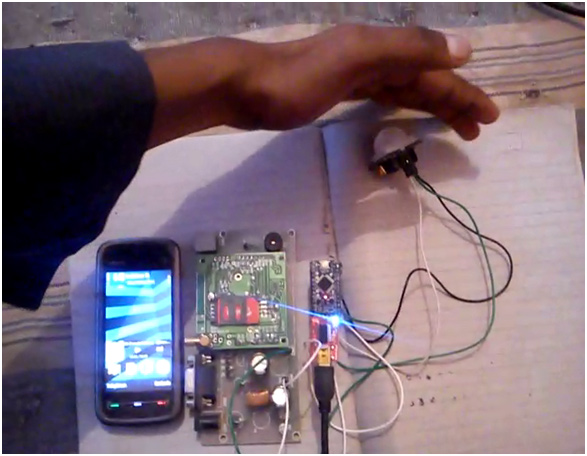
Fig. 3: Image showing Arduino based Home Security System under test

Fig. 4: Image of captured visitor on mobile phone sent by Home Security System
Block Diagram & Working
This system is very simple. And the working of this system is very simple as well. In this system PIR sensor used for sensing and then arduino used for controlling and then A GSM module which is used for calling purpose. When anybody comes in range of PIR sensor, then sensor sends a logic signal to Arduino then Arduino take control and perform a given task. Hare a calling task is given to Arduino. Then arduino sends signals to GSM module for make a voice call.
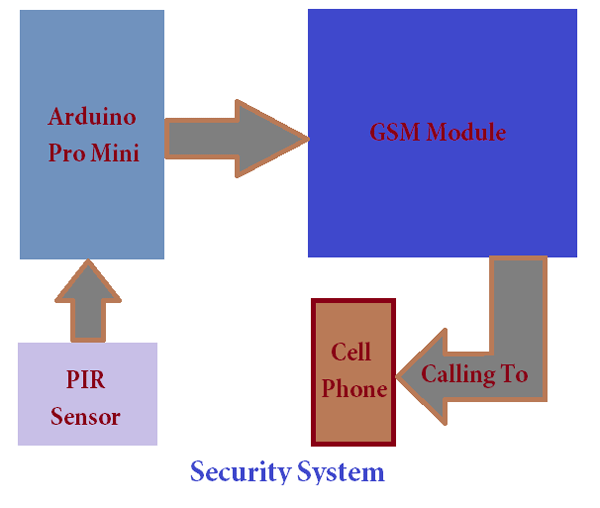
Fig. 5: Block Diagram of Arduino and PIR Sensor based Home Security System
As we know that GSM module works on AT commands so Arduino sends AT commands to GSM module to make a call. To make call AT command is given below:
ATD<Mobile Number>;
If human body is moving in range of PIR sensor, its sends signal to Arduino continuously and Arduino make call again and again until Moving body comes in rest and until goes out of range.
Circuit description
Circuit of this security system is very simple. Digital Pin number 9 of Arduino Pro Mini is directly connected to output pin of PIR sensor. And Rx and Tx pins of Arduino are directly connected to the Tx and Rx pins of GSM module respectively. It means a cross connection take place between Arduino and GSM module. Due to in-build Rs232 serial communication section on the GSM module, there is no need of RS232 serial communication section. PIR sensor is also available in market easily. And you can build it at your home also.
The programming part of this system is also very easy. In programming only we have to read the PIR sensor output and then we have to send only single AT command to GSM module to make a voice call. Programmer can also use message alert in this system instead voice call or with voice call by adding message AT commands. To send AT commands to GSM module Serial.println(); function used.
Serial.println (“ATD+919610126059;”);
Serial.println ();
Components Used
1. GSM Module
2. PIR Sensor
3. Arduino
Project Source Code
### #define PIR_input 9 #define LED_alert 13 void setup() { Serial.begin(9600); pinMode(PIR_input, INPUT); pinMode(LED_alert, OUTPUT); } void loop() { int temp; while(1) { temp=digitalRead(PIR_input); if(temp) { digitalWrite(LED_output,HIGH); Serial.println("ATD9610126059;"); delay(20000); } else { digitalWrite(LED_output,LOW); delay(100); } } } ###
Circuit Diagrams
Project Video
Filed Under: Electronic Projects
Filed Under: Electronic Projects

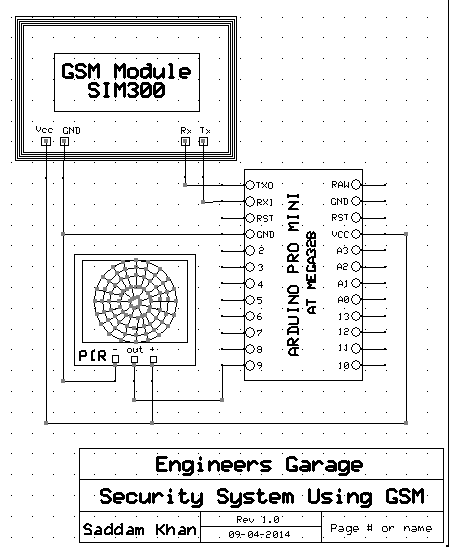

Questions related to this article?
👉Ask and discuss on Electro-Tech-Online.com and EDAboard.com forums.
Tell Us What You Think!!
You must be logged in to post a comment.